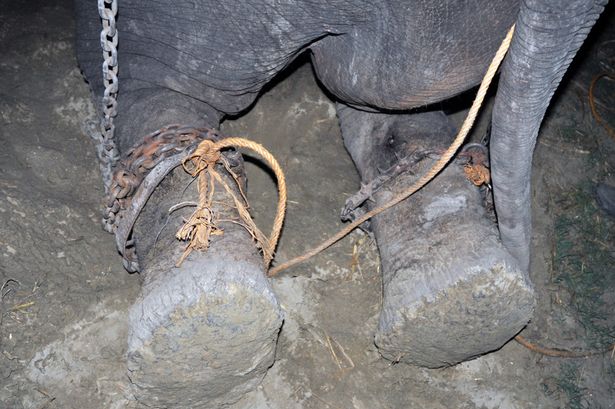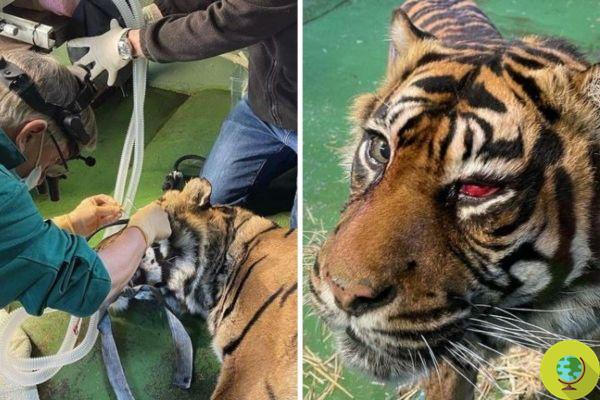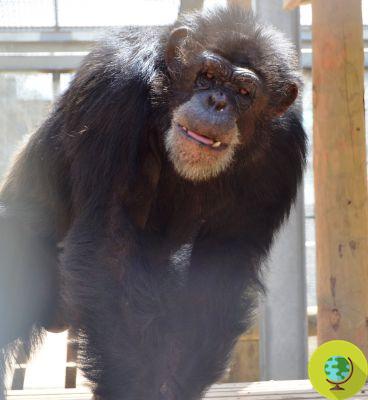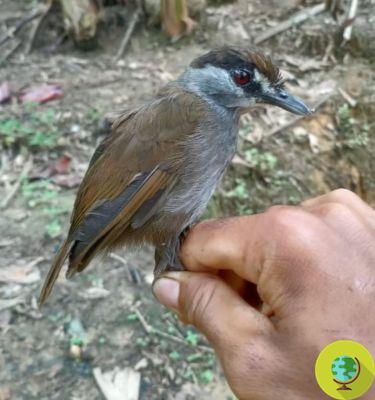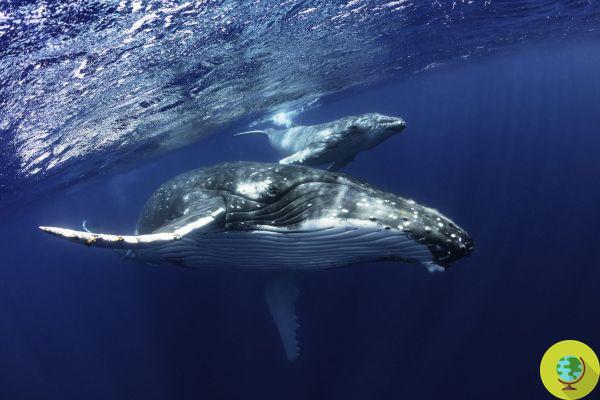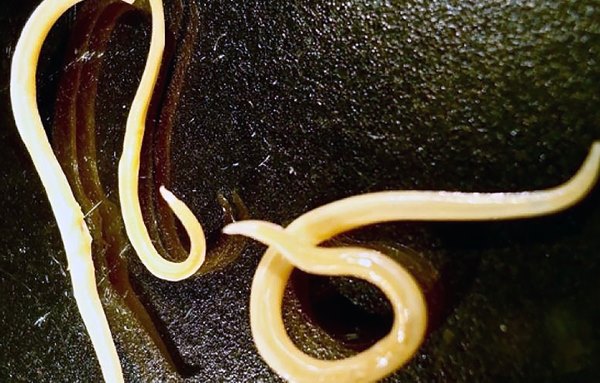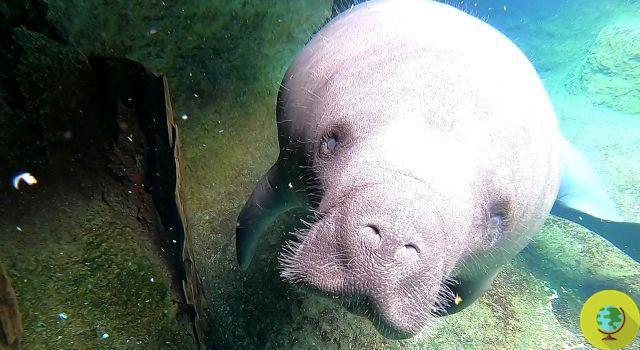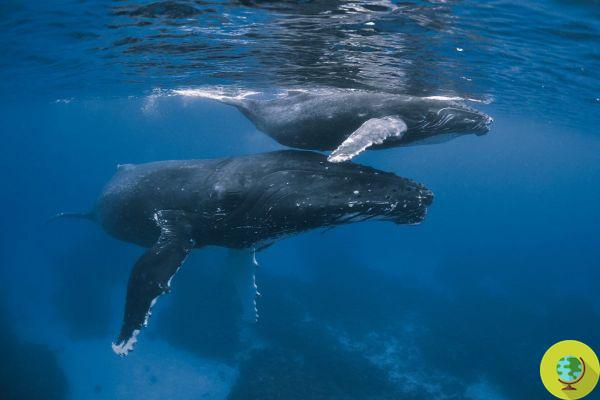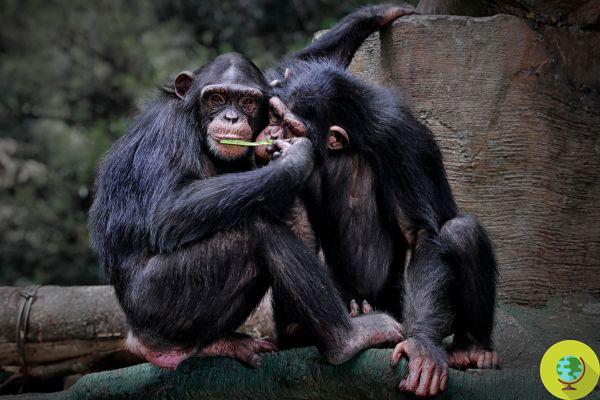An ichthyosaur swallowing another large marine reptile: a mega-predation of about 240.000 years has remained immortalized in a rare fossil
He is about to end up run over, his mother saves himAn ichthyosaur swallowing another large marine reptile: a megapredation of about 240 million years it has remained immortalized in an extraordinary and very rare fossil found in southwestern China in 2010 by a research group of the University of California at Davis and only now published by scientists.
About 240 million years ago, a dolphin-like ichthyosaur swallowed another marine reptile, large but somewhat smaller than itself. Then almost immediately it died and became a fossil, reaching us: these are the first traces of megapredation, that is the moment when a large animal preys on another of comparable size.
Ichthyosaurs were a group of marine reptiles that appeared in the oceans after the mass extinction of the Permian (Paleozoic era), which occurred about 250 million years ago. These large animals had bodies similar to modern tuna, but breathed like dolphins and whales. It was assumed that like today's killer whales or sharks, these could be at the time at theapex of the food chain, but there has never been direct evidence before.
But when - it was 2010 - a Guizhouichthyosaurus specimen was discovered in Guizhou Province, China, researchers observed a large swelling sign of other bones inside the animal's abdomen.
And, on closer inspection, the scientists actually found smaller bones of another marine reptile, identified in a Xinpusaurus xingyiensis, which belonged to a group of ancient species called talattosaurs, more like a lizard than an ichthyosaur and with four rowing limbs.
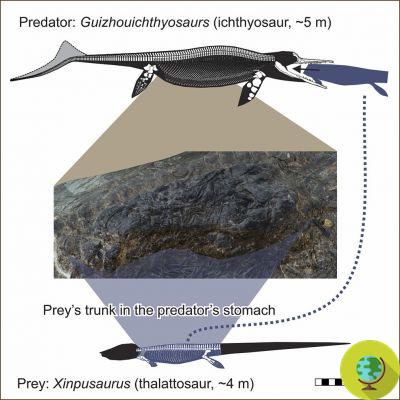
©iScience
"We have never found jointed remains of a large reptile in the stomachs of gigantic predators of the dinosaur era - enthuses Ryosuke Motani, co-author of the research - We deduced from the shape of the teeth and the appearance of the jaw that these predators ate large prey, but now we have it direct evidence".
The Guizhouichthyosaurus was almost 5 meters long and its prey, according to the researchers' calculations, was probably about 4 meters, although the thalactosaurs were "thinner" than the ichthyosaurs. The predator's last meal appears to be the midsection of the thalactosaurus, from the forelimbs to the hind limbs.
The find is reminiscent of the recent hell ant fossil immortalized by the resin in the moment in which it tried to prey on an ancestor of the cockroach, but with decidedly increased dimensions (and decidedly earlier timing).
Infernal ant attacks an insect: the incredible scene is 100 million years old and has remained "immortalized" in amber
And the surprises didn't end there.
In fact, it was always assumed that predators of large prey had large teeth adapted to cut them. The Guizhouichthyosaurus had instead relatively small teeth, thorn-like, which were thought to be adapted to grab soft prey such as squid-like animals, abundant in the oceans of that period.
The animal therefore probably used its teeth to grab prey, perhaps breaking the spine with the force of its bite, then tearing it apart. On the other hand, modern predators at the top of the food chain such as killer whales, leopard seals and crocodiles use a similar strategy.
An incredible find, practically one of a kind, which opens one wonderful door on prehistory.
The work was published in iScience.
Sources of reference: University of California at Davis / iScience
Read also:
- A 66 million-year-old fossil found among stones thrown during protests in Chile
- Fossil of this ancient marine creature found in the resin of a tree




